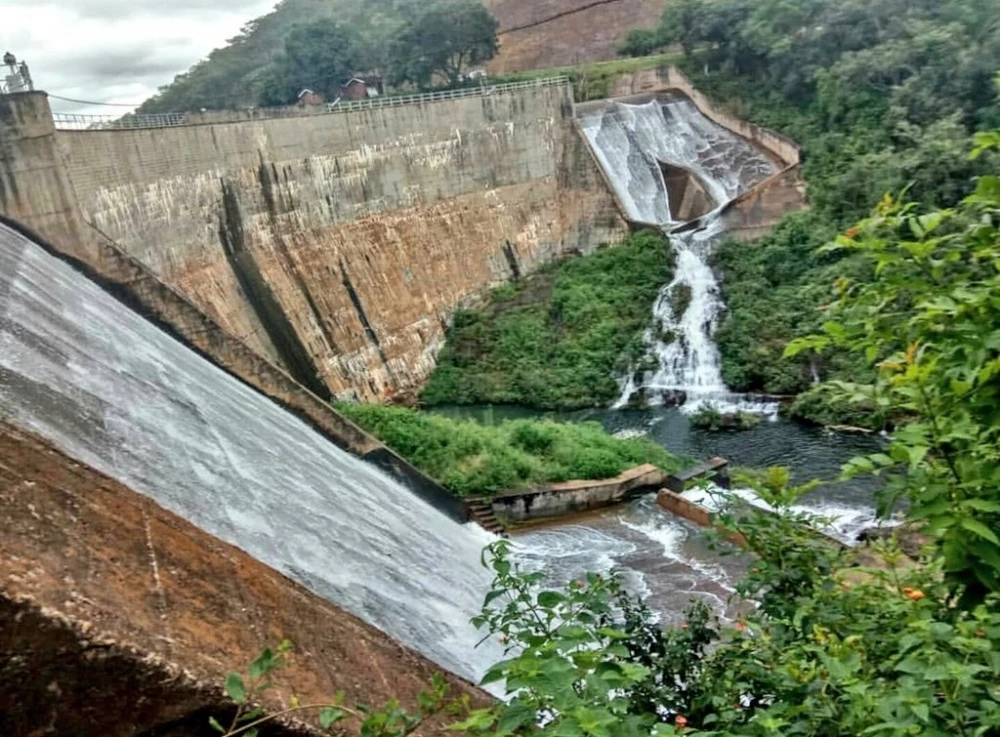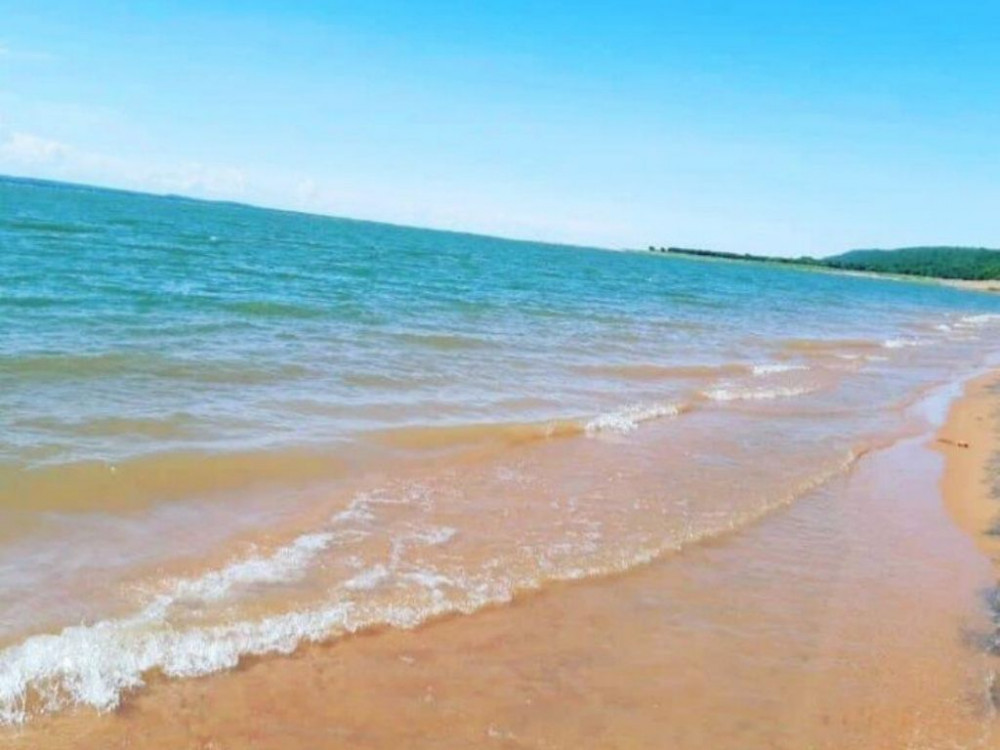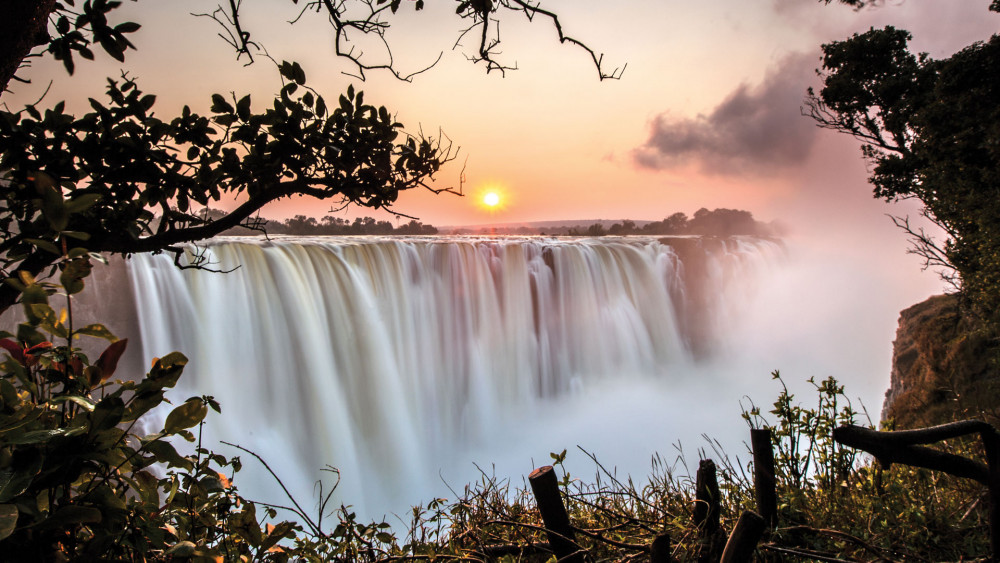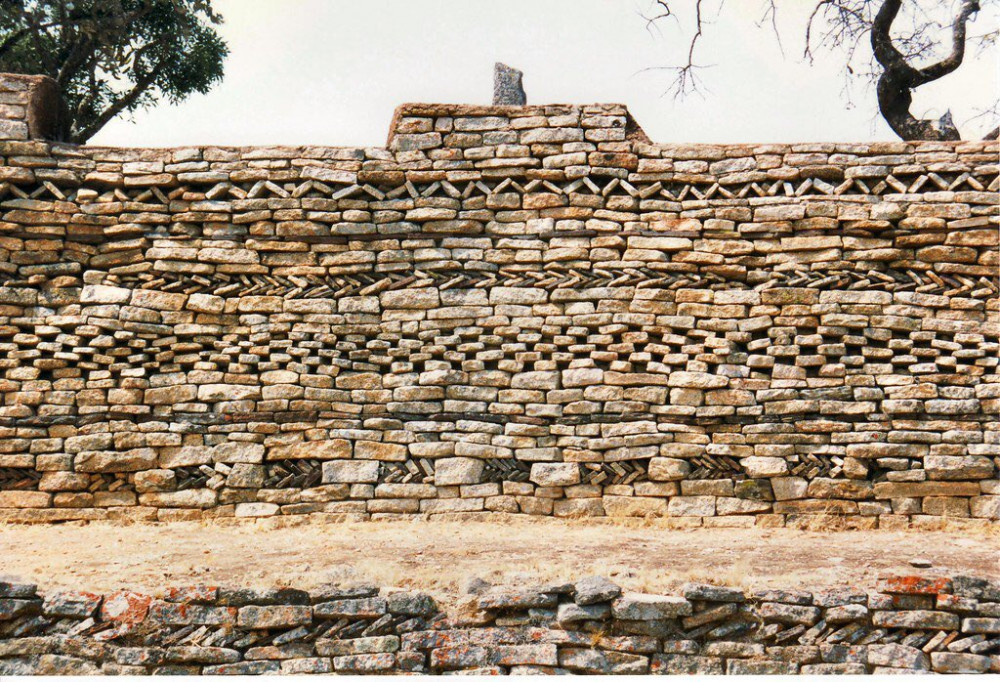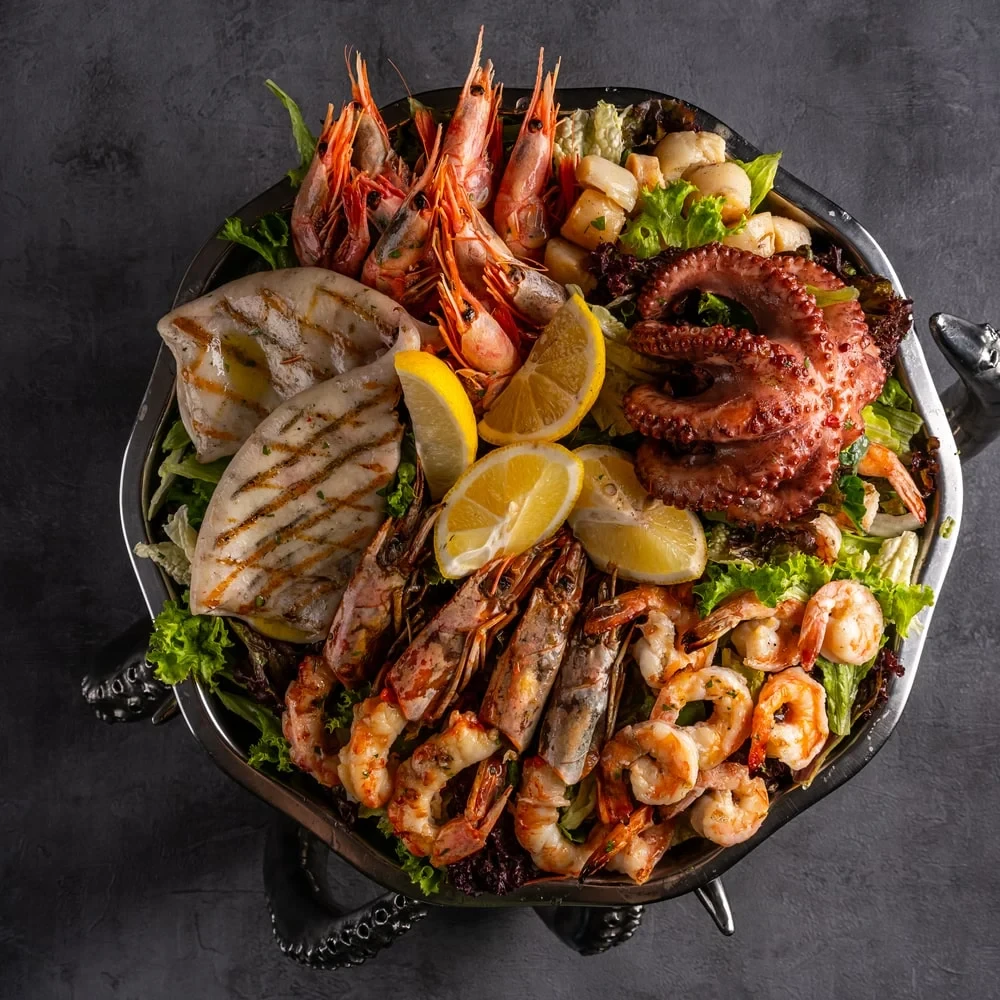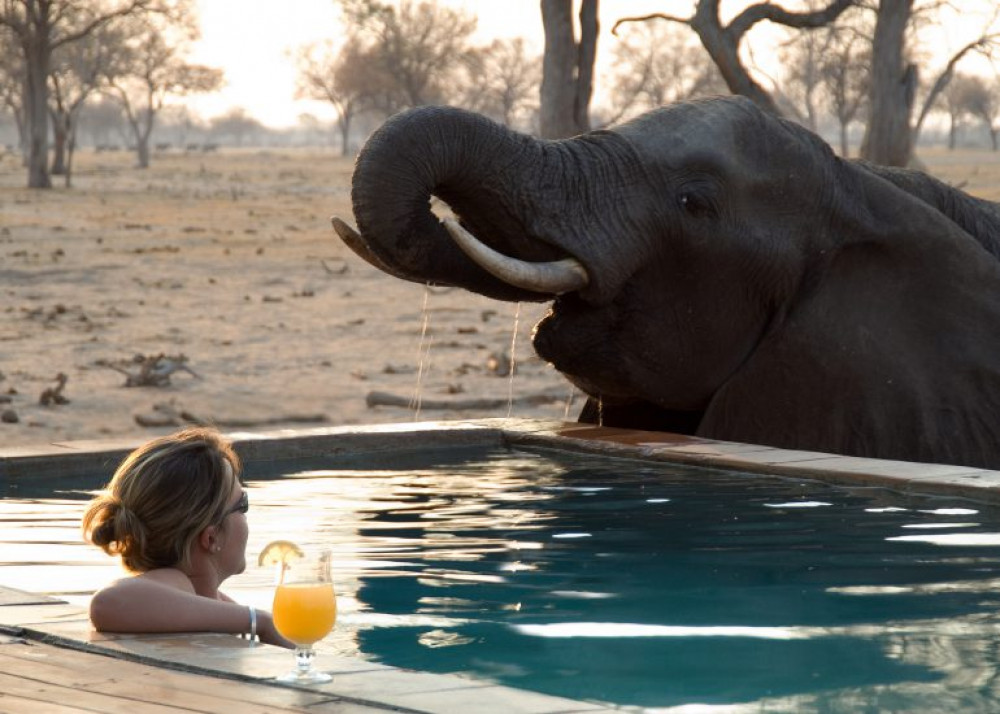
+263 History Channel
NATURAL HISTORY
MUSEUM OF ZIMBABWE
In Bulawayo, Zimbabwe, along Leopold Takawira Road, the Natural
History Museum of Zimbabwe is located. The museum includes exhibits that
highlight Zimbabwe's history, mineral wealth, and nature, including the world's
second-largest mounted elephant. Awesome things! It is one of the nation's five
national museums and Zimbabwe's only natural history museum. The museum has
nine public show galleries, a 120-seat lecture hall, a cafeteria, and eight
research departments with extensive collections of studies and ongoing research
in the following disciplines: arachnology and invertebrates, entomology,
ornithology, mammalogy, herpetology, ichthyology, paleontology, and geology and
archaeology.
KHAMI RUINS
If you take a trip to Bulawayo you might as well check out
the Khami Ruins. Khami is a ruined city situated in Zimbabwe, 22 kilometers
west of Bulawayo. It was once the capital of the Torwa dynasty's the Kalanga
Kingdom of Butwa. It is now a national park, and in 1986 it became a World
Heritage Site by UNESCO and who are you not to visit if it’s considered a world heritage site by UNESCO.
RAILWAY MUSEUM
By the looks of it, it seems as if you Bulawayo has a whole
history to tell. The Bulawayo Railway Museum is a railway museum that houses
many exhibits on the history of the railway system in Zimbabwe, formerly
Rhodesia, located at Bulawayo Railway Station in Zimbabwe. Its oldest exhibits
date back to 1897 and include the personal railway coach of Cecil Rhodes. The
museum is owned by Zimbabwe's National Railways. Some steam locomotives from
the museum have, in the past, been refurbished and returned to service because
of the severe shortage of rolling stock.
NATIONAL HEROES ACRE
A trip to National Heroes Acre may make your kids consider
being a hero and buried in such a cool place. National Heroes Acre, or simply
Heroes Acre, in Harare, Zimbabwe, is a burial ground and national monument.
Situated on a ridge seven kilometers from Harare, towards Norton, the 57-acre
site is found. It’s claimed aim is to honor guerrillas killed in the Rhodesian
Bush War by the Patriotic Front and contemporary Zimbabweans whose commitment
or commitment to their country justifies their burial in the shrine. I visited
this place when I was a kid and it was a beautiful and exciting experience for
me. The view of Harare is beautiful from the high point of this place.
GREAT ZIMBABWE
A great place to have an appreciation of this country’s
history is Great Zimbabwe. Great Zimbabwe is a ruined city in the south-eastern
hills of Zimbabwe near Lake Mutirikwe and the town of Masvingo. It was the
capital of the Kingdom of Zimbabwe during the country's Late Iron Age. It is
believed that Great Zimbabwe served as a royal palace for the local monarch. It
would, as such, be used as the seat of political power. The walls, some of
which were over five meters high, were among the most prominent features of the
edifice. Without mortar, they were made. The city was finally abandoned and
fell into ruin. Visiting this place will leave you with so much appreciation.
MUTARE MUSEUM
Mutare Museum is a museum in Mutare, Zimbabwe. It is one of the four national museums of Zimbabwe and was initially established as a society in 1954 before becoming a national museum in 1959. The Mutare Museum continues to be accommodating, as well as entertaining and educational, despite being plagued by decades of underfunding. The displays, especially the Transport Gallery and the Boultbee Gallery, may be old and a bit tired, but they still feature high-quality exhibits. There is plenty of material for the general visitor looking for background information on Manicaland, for example, the show of weapons is recognized as one of the best in Africa, and the transport exhibits are excellent. A visit to this great museum is certainly recommended.
